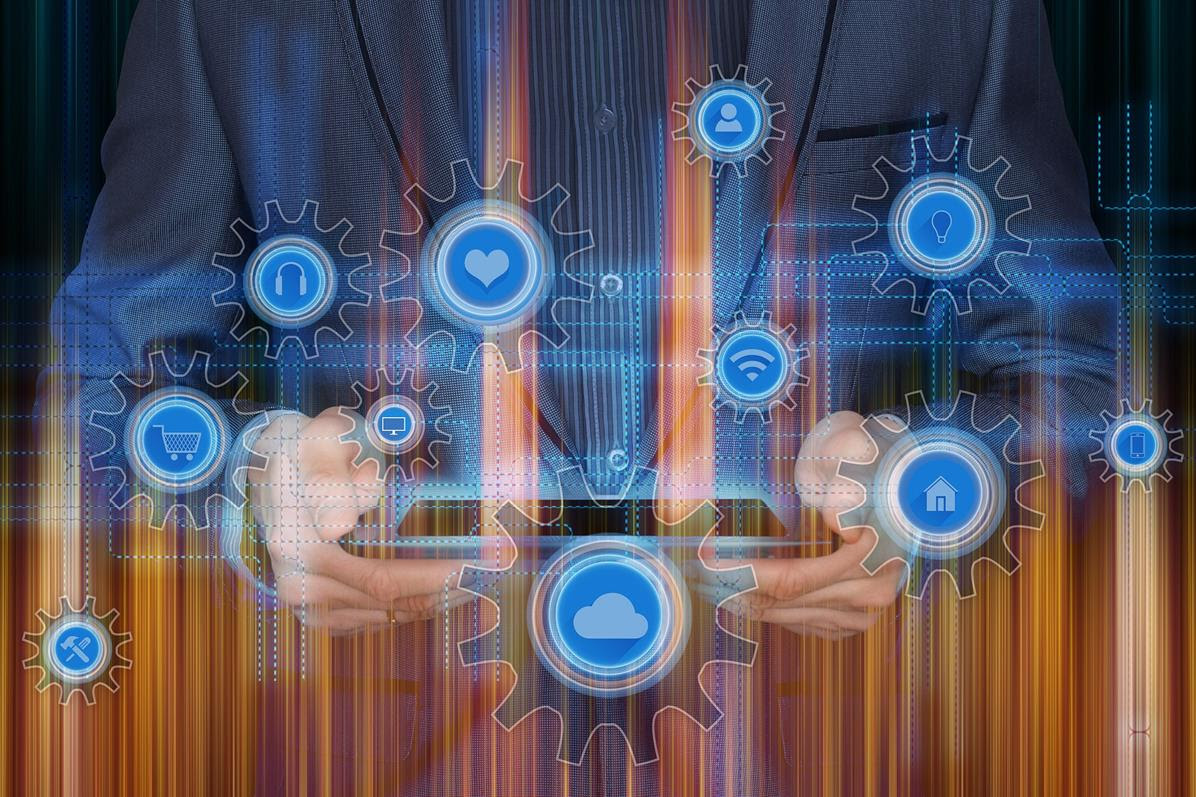Industry insights − The facts and the fiction of 5G

As the roll-out gathers pace, 5G ultra high-speed broadband is swiftly becoming a reality for businesses. Yet there are many myths surrounding the technology that have been perpetrated and spread on social media. In this ‘Industry Insights’, we are looking at what’s real, what’s hype and what’s fake.
First up, the myths and there are many. For example, is 5G a health risk? There are conspiracy theories that 5G is responsible for transmitting Covid-19. Not true. According to the World Health Organisation, ‘no adverse health effect has been causally linked with exposure to wireless technologies’. There is also scant evidence to suggest that Chinese vendors are looking to use the technology to collect personal data.
Turning to the reality. 5G will be 20 times faster than 4G and offer top data rates of 20 gigabits a second. That’s according to Bosch. Dr. Andreas Müller, a researcher at the German company, says it will also be 99.9999 percent reliable. “Even applications that have to work absolutely reliably and securely can be realized wirelessly with 5G. This applies, for example, to a remotely operated crane as well as to a manufacturing facility. 5G opens up new areas of application in industry, where the performance of other wireless technologies such as Wi-Fi frequently fell short in the past.”
5G is also already available but it’s primarily focused on consumer usage of smartphones. Mark Galvin is Product Marketing Manager at Cubic Telecom, a Dublin-based connectivity management and data insights software company offering solutions for leading Internet of things (IoT), and device manufacturing companies across the globe.
He says: “If companies are relying on 5G for use cases such as video conferencing, high-definition streaming and cloud processing (1 Gbps), then it could be 2022 before this becomes a reality. For other use cases that require ultra-reliable low-latency communication (URLLC) or Massive Machine Type Communications (MMTC) in their promised standard, these will become a reality closer to the mid 2020s.”
Cubic’s platform is currently aimed at the automotive, transport and logistics, agriculture and energy sectors.
“Our intelligent PACE platform gives real-time views and insights into our customers’ fleets. Connected intelligence is integral to PACE, using data generated across an ecosystem of connected services for analytics tailored to multiple use cases. PACE also offers one contract and one point of contact for all administrative and regulatory issues,” says Galvin.
If all goes to plan, by the end of the decade 5G will be enhancing many different industries. For example, the automotive sector will be offering fully connected vehicles with high-speed safety, information, retail and entertainment services. Beyond talking to the network, 5G will enable cars to to communicate with each other (V2V) for safety purposes regarding lane changing, moving around obstacles, sudden breakage etc. They will also communicate with external infrastructure (V2X) such as roadside traffic lights and sensors. Information will be exchanged to optimize safety, route guidance and even digitally paying for services such as parking, tolls etc.
In terms of retail, Augmented Reality (AR) technology will allow potential customers to not only visualize how the product will look (new vehicle, furniture, clothes) but real-world data – such as a person’s body shape or the size of their house – can be recorded and utilised to create bespoke products.
Bosch’s Dr. Müller states: “5G will become the central nervous system of the factory of the future. The new communications standard will make manufacturing more flexible, more mobile, and more productive.”
Ironically, according to Galvin, the biggest issue to be fearful about is whether 5G manages to fulfil its promises. He offers this reality check: “By 2030 everything, from autonomous vehicles, to smart factories to automated smart electricity grids will be online. If 5G fails to offer latency under ten seconds, reliability or 99.999% or support of 1 million nodes per square etc, global commerce and way of life will suffer. This is because everything will be connected and reliant upon 5G SLAs to deliver fast and consistent connectivity.”





